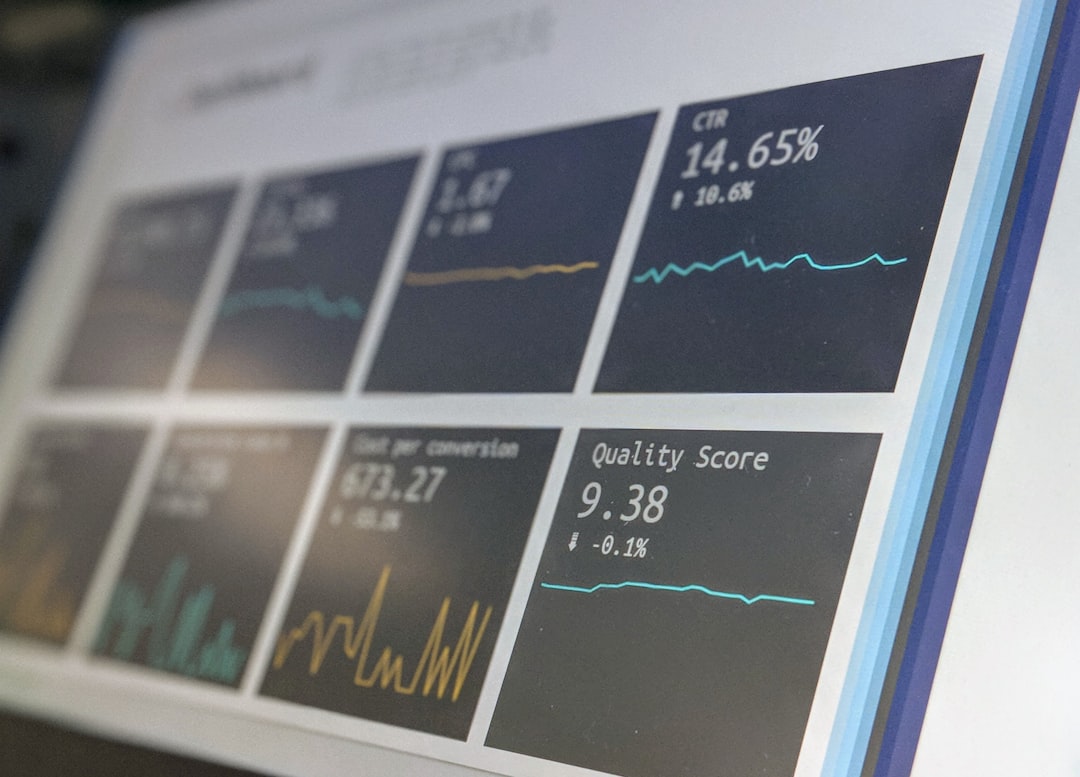What is it about?
This uses a straightforward artificial intelligence approach to automatically relate satellite images of tropical cyclones to their surface wind speed. We examine the results to learn how much inherent information is to be found in these satellite images, and the new ways that it can be used for forecasting.
Featured Image

Photo by NASA on Unsplash
Why is it important?
This type of satellite imagery has been used routinely in forecasting for decades, and other techniques have been proposed that find empirical relationships between features in the imagery and tropical cyclone intensity. However, this study is unique because 1) It generates calibrated uncertainty values for every estimate; 2) It can work on corrupted images, partial scans and imprecisely centered features; 3) It provides clear indicators of the biases in the training dataset, which points toward strategies for further improvement.
Perspectives
Doubts remain about the "black box" nature of some forms of artificial intelligence methods, but this paper demonstrates several ways to work within this approach to yield important scientific observations about satellite microwave sensor imagery of tropical cyclones.
Anthony Wimmers
University of Wisconsin Madison
Read the Original
This page is a summary of: Using deep learning to estimate tropical cyclone intensity from satellite passive microwave imagery, Monthly Weather Review, April 2019, American Meteorological Society,
DOI: 10.1175/mwr-d-18-0391.1.
You can read the full text:
Contributors
The following have contributed to this page










